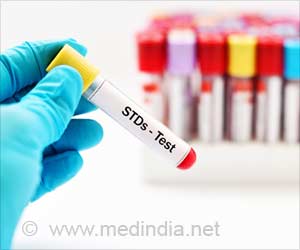Proactive chlamydia screening for young adults is an expensive intervention that probably does not represent good value for money, concludes a study.
Proactive chlamydia screening for young adults is an expensive intervention that probably does not represent good value for money, concludes a study.
There are two types of screening – proactive and opportunistic. Proactive screening uses population registers to invite people to be screened regularly, while opportunistic screening targets people attending health services for unrelated reasons.In England, chlamydia screening is mainly opportunistic, but in some areas general practices registers are being used to send proactive invitations to potentially eligible people to remind them to be re-screened.
Most studies have suggested that chlamydia screening is cost-effective, but there are now questions surrounding the validity of these results. So researchers set out to compare the cost effectiveness of proactive screening with a policy of no organised screening.
Using a mathematical model, screening was offered proactively to a hypothetical population of 50,000 men and women aged 16-24 years. A dynamic model was used to give the closest possible approximation to the real sexual behaviour of this population.
Previous studies have used static models that are inappropriate for evaluating an infectious disease.
The cost-effectiveness of screening was based on major outcomes averted, defined as pelvic inflammatory disease, ectopic pregnancy, infertility, or neonatal complications.
Advertisement
Pelvic inflammatory disease was the most frequently avoided outcome.
Advertisement
The authors conclude: “Our evaluation of proactive population chlamydia screening, using a dynamic model incorporating realistic estimates of partner notification, the uptake of screening, and the incidence of severe complications, has shown it to be an expensive intervention that probably does not represent good value for money.”
Source-Newswise
SRM








